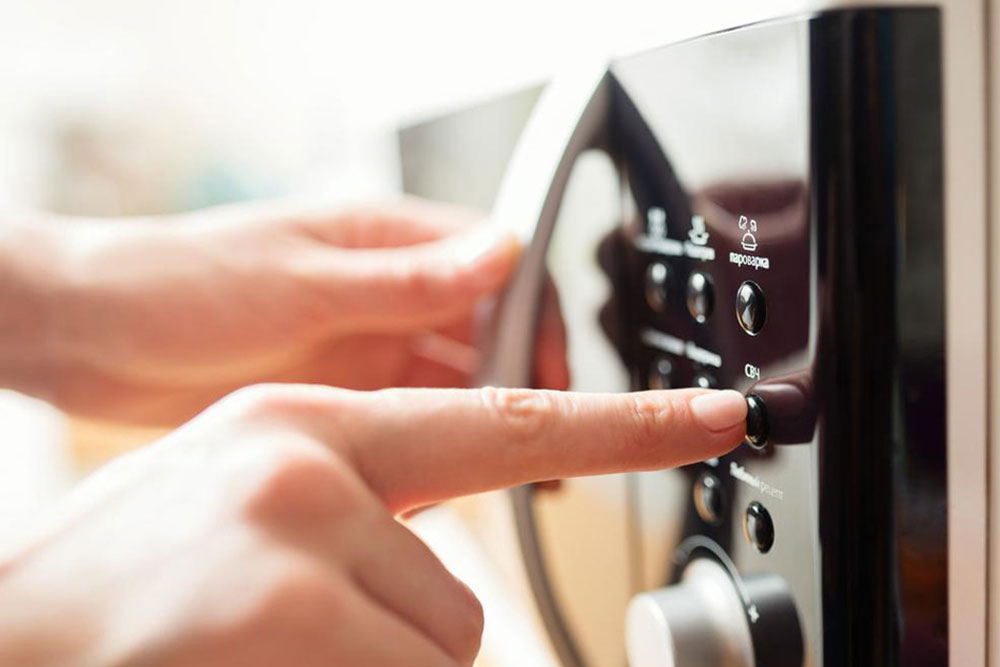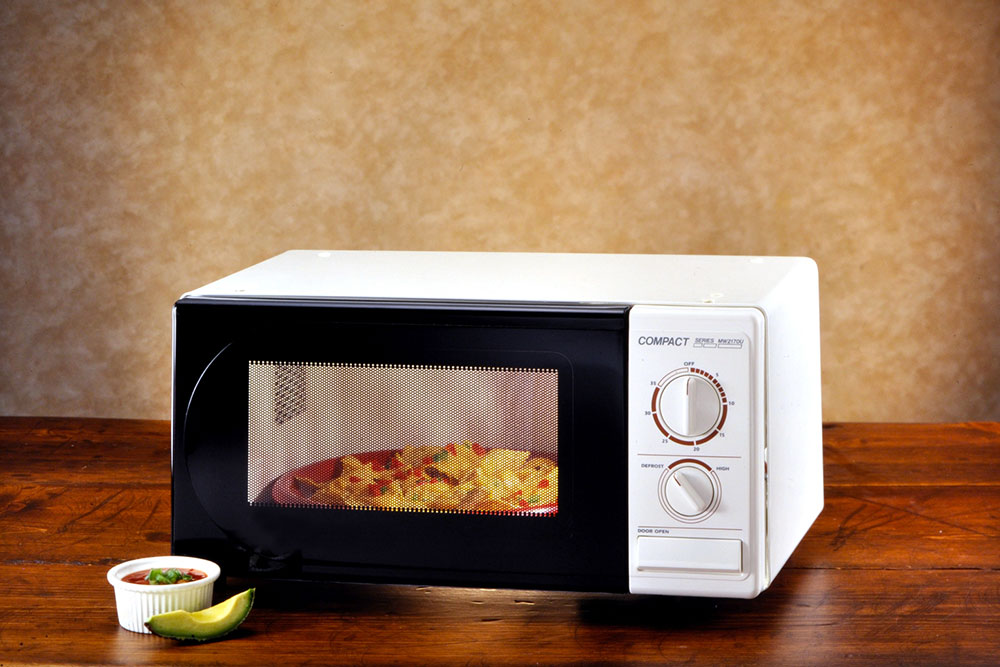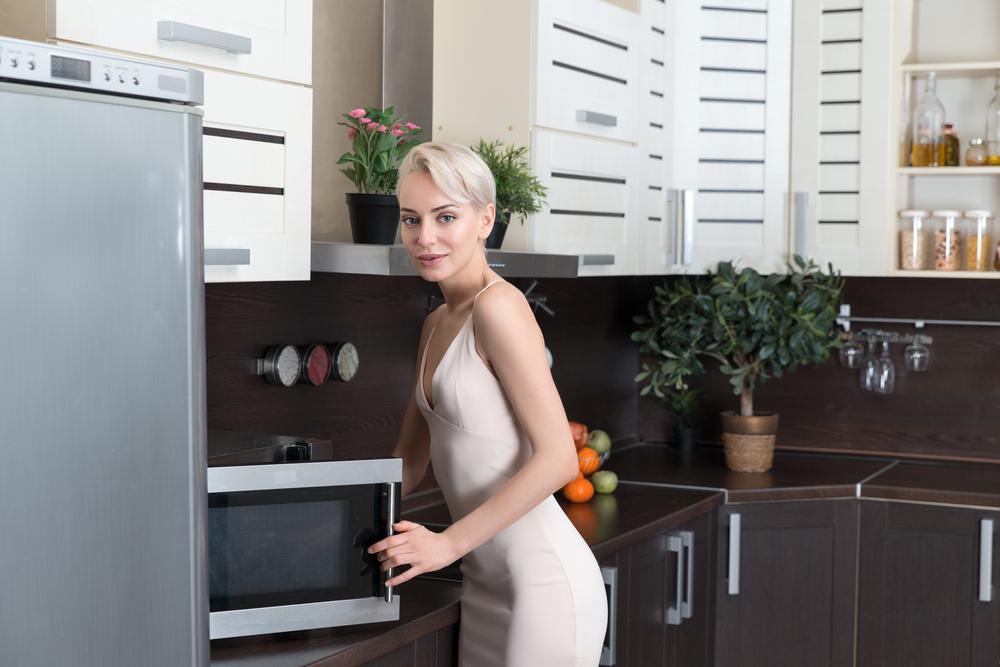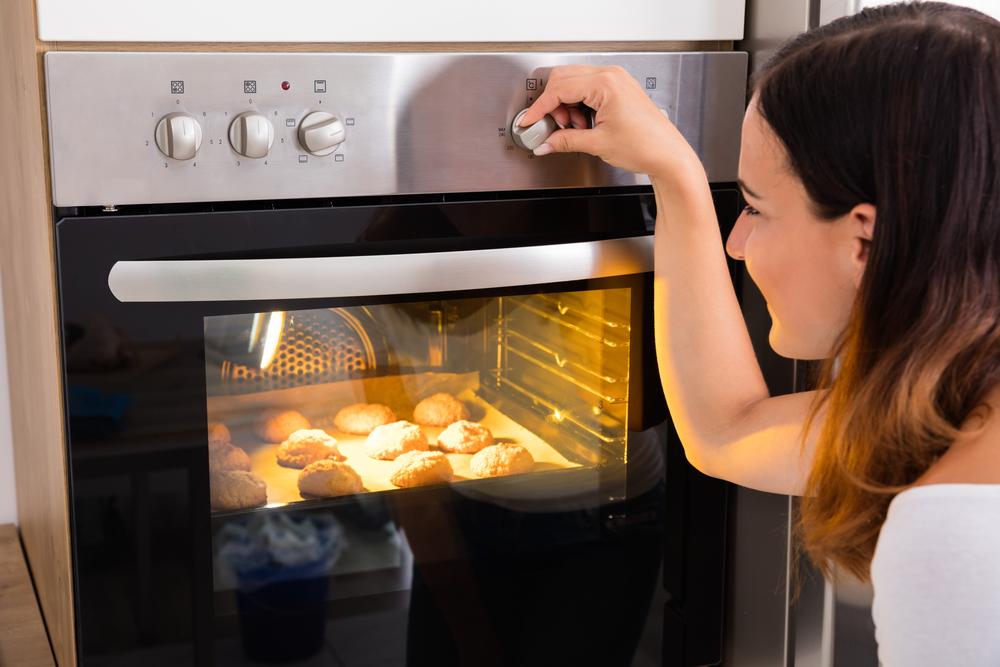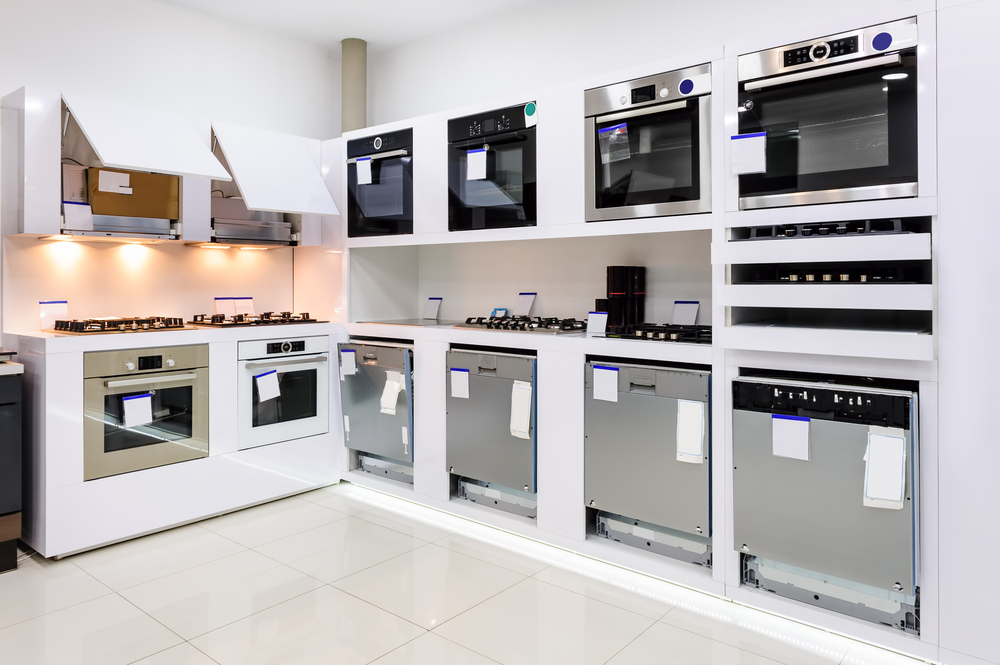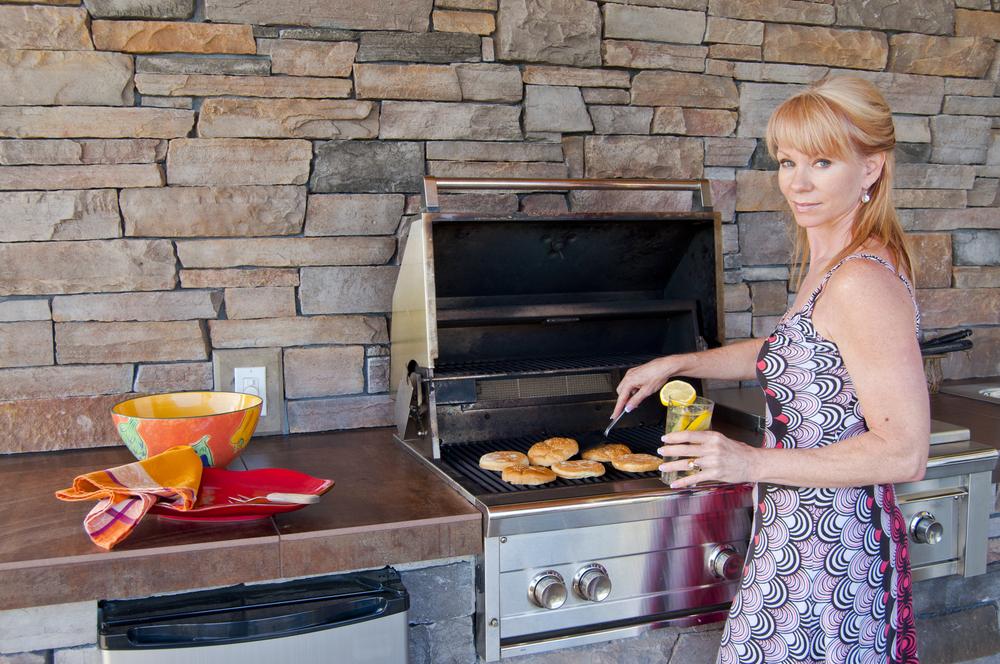Essential Guidelines for Choosing the Perfect Microwave Oven
Choosing the right microwave oven involves assessing space, placement, power, and features. Consider your household's cooking needs and available kitchen space. Look for essential features like defrost, preset programs, and user-friendly controls. Decide between countertop, over-the-range, or built-in models based on your kitchen layout. Higher wattage offers quicker, more even heating. Additional features such as grilling or convection depend on your cooking preferences. Proper selection ensures convenience, efficiency, and longevity, making your microwave a worthwhile kitchen investment.

Essential Guidelines for Choosing the Perfect Microwave Oven
Microwave ovens have been a staple in kitchens since their debut in the 1940s. Renowned for their versatility, these appliances are used to cook, reheat, and defrost food efficiently. Their compact design and quick cooking capabilities have made them an indispensable part of modern kitchens.
Initially, microwave ovens were countertop units, but over time, various models with different features, sizes, and installation options have entered the market. When purchasing a microwave, it’s important to consider factors such as available kitchen space, placement, cooking needs, power, and capacity to find the best fit for your household.
To streamline your decision-making process, here are some essential tips for selecting the right microwave oven:
Size and Space: Measure your available kitchen space before choosing a microwave. Consider your cooking needs: larger models are ideal for preparing casseroles and large dishes, especially for big families. Smaller units, with around 0.5 cubic feet capacity, are suitable for quick reheating and small portions, ideal for limited countertop space.
Placement: Decide where to position your microwave—countertop, over the range, or built-in. Countertop models are perfect for compact kitchens, over-the-range units save counter space and are mounted above the stove, while built-in microwaves offer a seamless look in custom cabinetry.
Wattage and Power: Higher wattage models (usually between 600 to 1200 Watts) deliver faster, more even heating. Larger, more expensive units tend to have higher wattage. Determine whether you need maximum power for frequent cooking or a lower wattage for simple reheating tasks based on your requirements.
Key Features: Look for essential features like automatic defrost, pre-programmed cooking settings, and sensor technology that estimates cooking time based on steam. User-friendly controls, larger buttons, and quick access keys enhance usability. Ensure the door is easy to open and close repeatedly without hassle.
Additional Features: Check the turntable or tray size, presence of racks, and whether features such as grilling, convection, or browning are necessary for your cooking style. For dedicated grilling, a microwave griller might be more suitable, but a standard microwave often suffices for basic needs.


